Mt. Hood
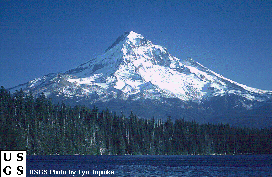
This is an image of Mt. Hood, in Oregon, USA.
Click on image for full size version (170K GIF)
Image from: U.S. Geological Survey
 Return to Plate Tectonics
Return to Plate Tectonics
 Return to Earth's Surface & Interior
Return to Earth's Surface & Interior
You might also be interested in:
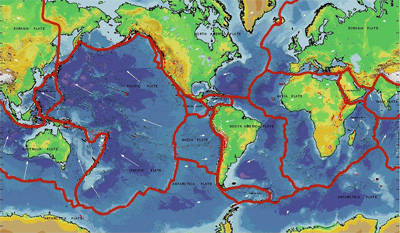
The main force that shapes our planet's surface over long amounts of time is the movement of Earth's outer layer by the process of plate tectonics. This picture shows how the rigid outer layer of the Earth,
...more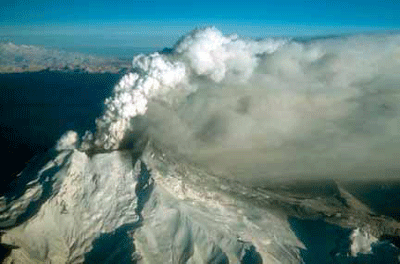
Ash is made of millions of tiny fragments of rock and glass formed during a volcanic eruption. Volcanic ash particles are less than 2 mm in size and can be much smaller. Volcanic ash forms in several ways
...more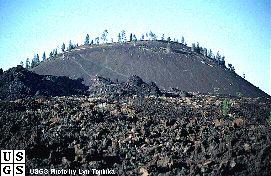
Cinder cones are simple volcanoes which have a bowl-shaped crater at the summit and only grow to about a thousand feet, the size of a hill. They usually are created of eruptions from a single opening,
...more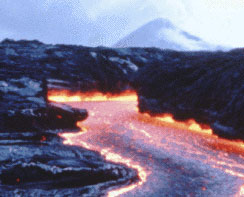
Lava can move in broad flat lava flows, or it can move through tight channels or tubes. Lava flows tend to cool quickly and flow slowly. The fastest lava outside of channels moves at about 6 mi/hr an easy
...more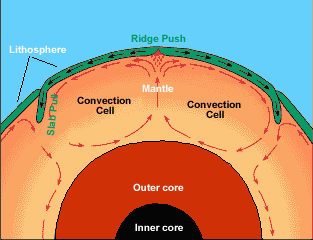
Plates at our planet’s surface move because of the intense heat in the Earth’s core that causes molten rock in the mantle layer to move. It moves in a pattern called a convection cell that forms when
...more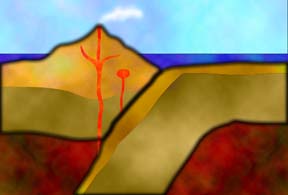
Many kinds of surface features are clues that our lithosphere is sliding. Two types of features can form when plates move apart. At mid ocean ridges, the bottom of the sea splits apart and new crust is
...more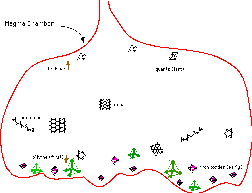
Magma consists of remelted material from Earth's crust and fresh material from other regions near the Earth's surface. When magma is erupted onto the surface in the form of lava, it becomes silicate rock.
...more

 Return to Earth's Surface & Interior
Return to Earth's Surface & Interior













